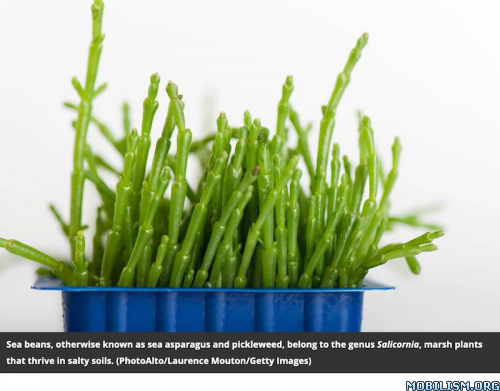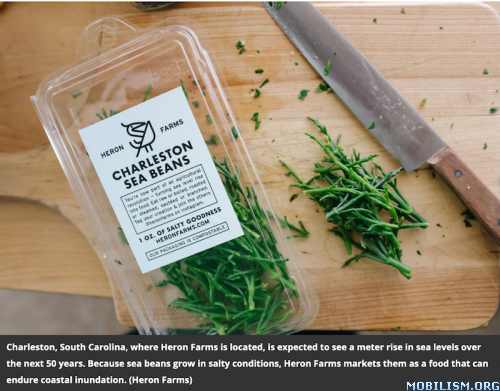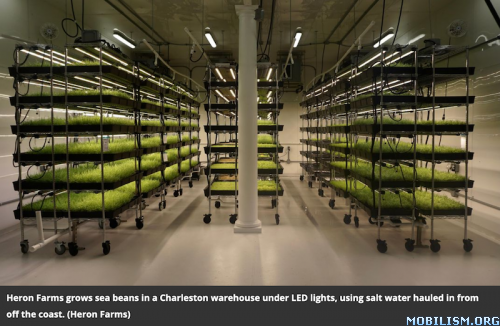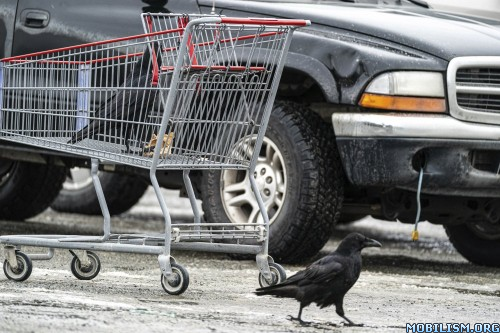How Wartime Victory Houses Shaped Modern TorontoHomes built for World War II veterans created a blueprint for the city’s suburbs — but their simple design and small size have put them at risk of being torn down. This was Big Glen's house for 41 years before selling
This was Big Glen's house for 41 years before sellingBy Danielle Bochove
March 24, 2021, 6:00 AM EDT
When soldiers began returning to Toronto after the Second World War, housing was scarce. The resulting “Victory Houses” — modest, unassuming and practical —embody the sensibility of the time and city in which they were built, and still have legions of fans to this day.
Constructed on what were once the city’s fringes, the one-and-a-half story homes are ubiquitous in Toronto, where their pragmatic, charmingly simple design upended the way houses were constructed and people lived. Their very modesty places them at constant risk of demolition by developers keen to build larger, flashier and more profitable homes on their plots. But while many Victory Houses have already disappeared, a growing movement toward more affordable, sustainable and contemporary living may provide some defense.
Prior to the Second World War, Toronto’s housing development had been haphazard at best. From time to time, plots of land held by the city’s prominent families — the wealthy bank, railway and industrial titans for whom many of the city’s streets are named — would be sold off and subdivided to create ad hoc stretches of red brick Victorian and Edwardian houses. Depending on the neighborhood, these were interspersed with rows of attached workers’ cottages, the odd farmhouse or, in the poorest areas, shanty towns.
As the city grew, so did the pressure on its housing stock. By the 1930s, families were doubling up on accommodation and more than 30% of residential buildings were in rough condition, according to Duncan Hill, a researcher with the Canada Mortgage and Housing Commission (CMHC). The outbreak of war pushed the situation to the breaking point, as thousands of Canadians flocked to cities to work in munitions factories. “Starting in the late Depression era, through the Second World War, there was a massive need for housing,” Hill says.
 Up to a million Victory Houses were constructed across Canada between 1946 and 1960, of which entire neighborhoods still stand in Toronto, like this modified home in Topham Park.
Up to a million Victory Houses were constructed across Canada between 1946 and 1960, of which entire neighborhoods still stand in Toronto, like this modified home in Topham Park.
Photographer: Galit Rodan/BloombergThe government’s response was to create The Wartime Housing Corp., which erected thousands of temporary wood-framed houses across the country to rent affordably to wartime trade workers.
To streamline the process, the corporation industrialized their production to unprecedented levels, creating the houses’ components at ad hoc pre-fabrication facilities and then nailing them together on site, sometimes completing homes in just 36 hours. When the war ended, the Corporation — renamed the CMHC — adapted the simple designs to create permanent homes for returning veterans to rent and eventually buy.
While the ultra-rapid speed and substantial prefabrication were no longer needed during peacetime, some processes remained. Lumber, for example, was mass produced to standardized lengths and widths to produce the same type of house on multiple sites. Private developers also started following similar processes and templates to the CMHC homes.
Wartime homes had been rental-only, but the CHMC ultimately offered to sell the houses to their residents at initial prices of between C$6,000 (now roughly $4,700 USD) and C$7,000. The state-run entity also played a role in maintaining access and affordability by providing mortgages to veterans.
Up to a million Victory Houses, as they came to be known, were constructed across Canada between 1946 and 1960, of which entire neighborhoods still stand in Toronto. The boom would mark the start of a new era of standardized housing development and suburban living, what Hill says was “a very deliberate move to give people elbow room.” The humble design forever changed the way homes were built in Canada, creating a benchmark for wood frame construction and establishing the first common standards for materials.
“It’s the first mass-produced idea of the first little house, on a little lot, with a little garden. It’s a pretty big idea, “ says Toronto-based architect Catherine Nasmith, a specialist in rehabilitating heritage buildings. But it also marked the creation of transition neighborhoods on the outskirts of the city proper. “It’s the beginning of urban sprawl in the city too and that has had a whole lot of consequences.”
 The planning of Victory Home neighborhoods had echoes of British garden city planning, but with a rustic spaciousness rarer in Europe.
The planning of Victory Home neighborhoods had echoes of British garden city planning, but with a rustic spaciousness rarer in Europe.
Photographer: Galit Rodan/BloombergA Suburban IdyllSome of these neighborhoods still stand largely intact. Topham Park in the city’s east end is among Toronto’s best surviving examples, developed by the CMHC between 1944 and 1946. Tidy boulevards lined with small detached clapboard houses curve around gracious crescents facing onto large common greens. The latter were a nod to the city’s British roots but adapted to North American living where land was still plentiful.
Also known as “Strawberry Box Houses” because of their visual similarity to fruit crates, the designs are variations on a common theme. The most common layout was about 1,000 square feet with two bedrooms under a steeply pitched roof and four rooms below — kitchen, dining room, living room, and a third bedroom or den — plus a single bathroom. “It’s a very efficient use of space, a rational use of space, “ says architect David Fujiwara of Main Street Studio in Toronto. “But it’s tight.”
Their owners prefer to call them “cozy.” Topham Park resident Shirley Little’s veteran father was among the first to rent one of the houses. Little, 75, was raised under its tiny roof along with eight siblings; her neighbors also had huge families, she says, yet the homes still worked. “Four girls in two double beds, bunk beds for all the boys in the other room,” she reminisces.
A single telephone booth in the central green served the entire street; when it rang, whoever was walking by would pick up and then bang on the appropriate house door. Little’s family was one of the first to get a television set, she recalls, “and all the kids on the street used to come and watch Howdy Doody. There’d be a living room full of kids sitting on the floor watching TV.”
Today, many of Topham Park’s residents are descendants of the original owners, says Little, who lives three doors down from her childhood home and has a brother around the corner. “It’s a sticky neighborhood. Nobody wants to move out of it — or family moves into it.”
The homes’ very plainness is part of their charm. Dutch-born Martin Liefhebber of Breathe Architects, who designs sustainable, affordable housing that has used Victory Houses for inspiration, says he once disparaged the “defensive living” epitomized by these homes. Now, however, he has come to love their simplicity, a stripped-down essence. “It’s sort of a child’s drawing of a house,” he says.
“When you look at it, it’s so classical. It’s not about displaying wealth” Liefhebber says. “What it comes down to, is having a modest little house to be safe.”
As a family’s needs changed over the years, the homes proved adaptable while retaining their character. “It virtually invites the owner to eventually start to make little additions” Fujiwara says of the box frame design. “Most of them are incremental. “ An owner might add a small porch and then, a few years later, enclose it to create an airlock against Toronto’s harsh winters. Or add a bedroom to the basement, or a bay window, or even a small extension at the back. “And then you’d really feel luxurious because you’ve added half a room,” Fujiwara laughs.
Too Modest By HalfThis charm hasn’t saved some Victory Houses from demolition. Once on the outskirts, these leafy low-rise residential neighborhoods are now in the city proper. There have been some preliminary steps toward considering protections for neighborhoods like Topham Park, but Canada’s heritage laws offer little protection against demolition in a climate where land values are skyrocketing and many have been torn down to be replaced by “Monster Homes.”
Strolling through another Victory House neighborhood in Toronto’s North End, Liefhebber points to entire blocks of houses scheduled for demolition. Within five years, he expects one-third of its slightly fancier adaptations of the original Victory Houses, (built of brick rather than clapboard) will be gone. Toronto property values have soared to the point that even home owners now “think like developers” focusing on maximizing their property’s value for resale rather than on what they actually need.
“It’s just ridiculous, “ he laments, pointing to the size difference between the area’s massive new-build homes and their mid-century neighbors. “You go back to the ‘50s and this was a dream home for people — but of course they’d just been through the war. “
In the absence of heritage protection, demonstrating the Victory homes potential for modern living is likely their best chance for preservation. In 2006, Fujiwara beat out a dozen new-home entries in a CMHC-sponsored design contest with plans to update a Topham Park house to achieve near-net zero emissions. Through relatively modest changes — thicker walls, a high-efficiency furnace, triple-glazed windows and solar thermal water heating — he was able to get the tiny home 94% of the way to net-zero, without noticeably changing the design.
Given the need for environmentally sustainable housing and, since Covid-19, heightened awareness of health risks associated with crowded living conditions, the Victory Houses seem like a “sane idea” that could translate well for modern living, says Liefhebber. That adaptability may still not be enough to save them.











































